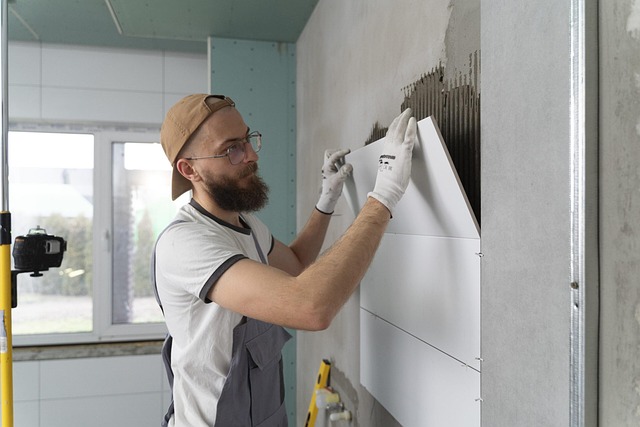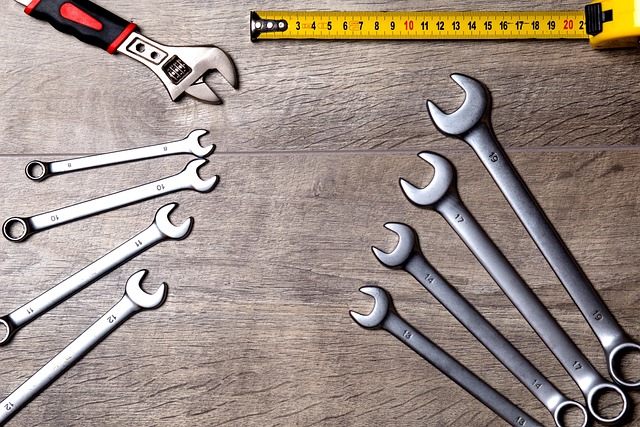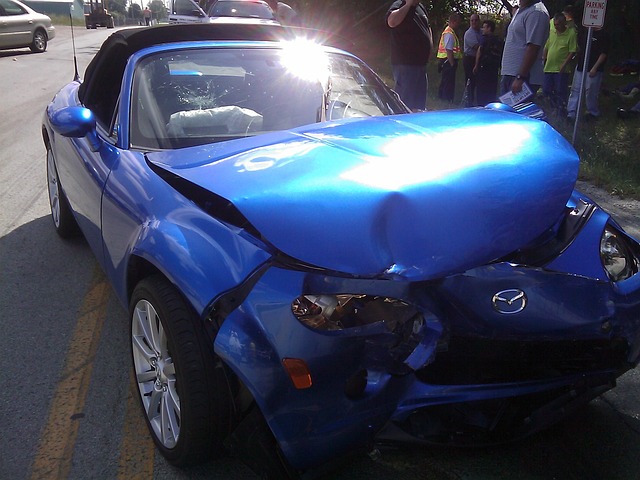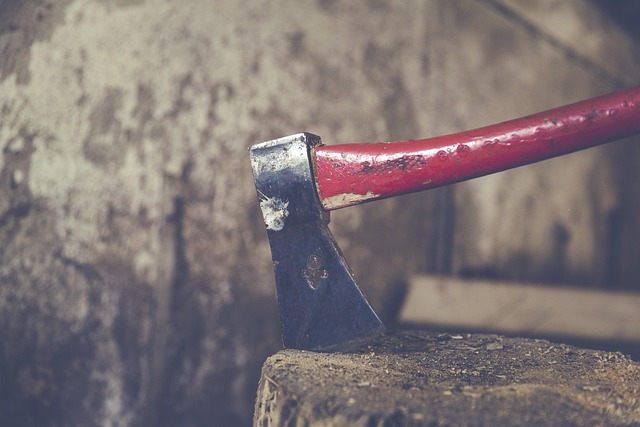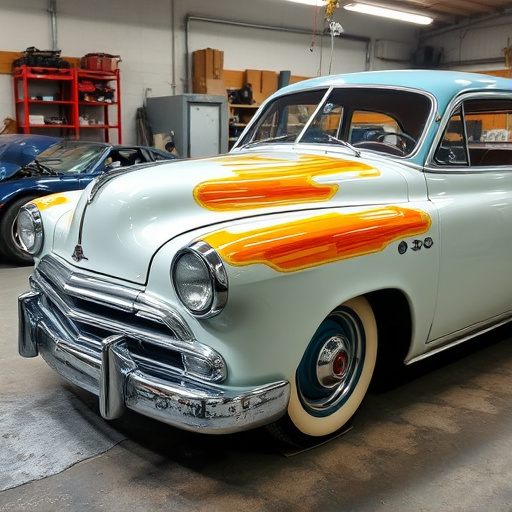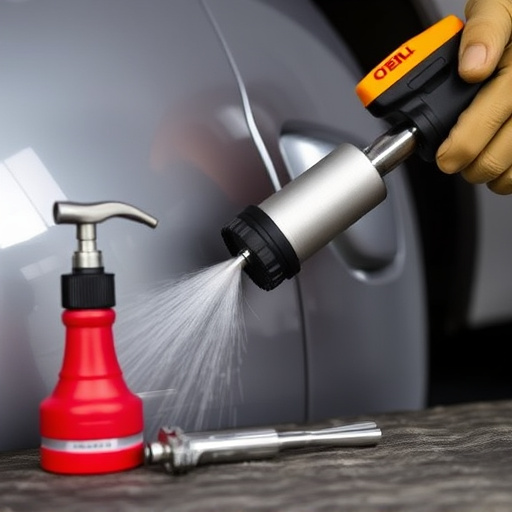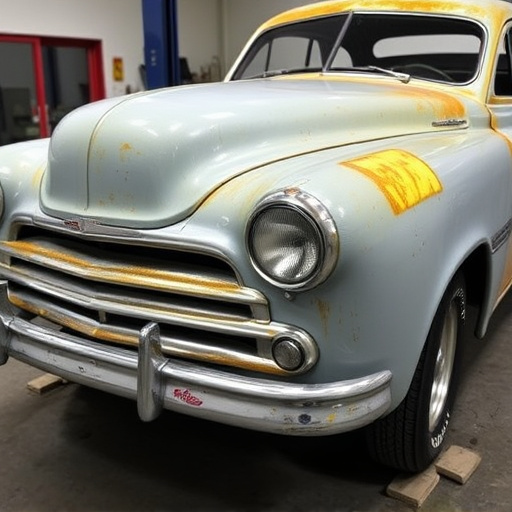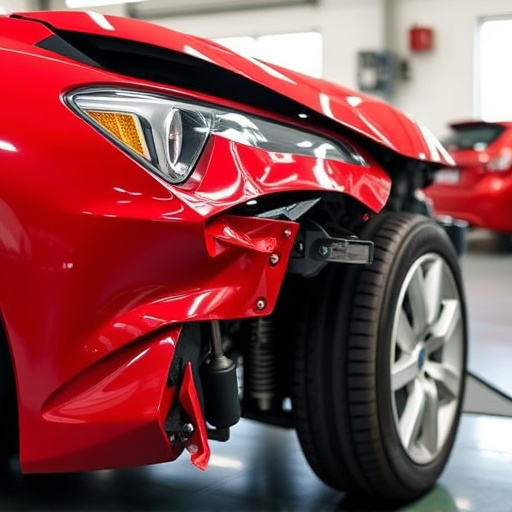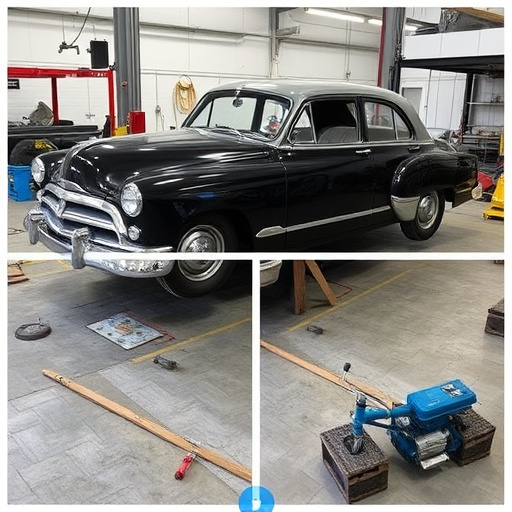After an accident, thorough axle repair is vital for vehicle stability and safety. Professionals inspect joints, lubricants, and structural integrity while replacing worn parts. Drive line functionality, alignment, and factory specifications are crucial to prevent future issues, ensuring a smooth ride and optimal performance during axle repair after accident.
After a vehicle accident, thorough inspection of the axles is crucial for safe and efficient operation. This involves evaluating key components for damage and wear, ensuring joint integrity and proper lubrication, and testing drive line functionality and alignment. By adhering to these mechanics during an axle damage inspection, you can effectively assess and address issues, facilitating prompt and accurate axle repair after an accident.
- Evaluating Axle Components for Damage and Wear
- Assessing Joint Integrity and Lubrication
- Testing Drive Line Functionality and Alignment
Evaluating Axle Components for Damage and Wear

When conducting an axle damage inspection following an accident, the first step is to thoroughly evaluate all components for signs of wear or damage. This includes carefully examining the axle itself, as well as its connecting parts such as hubs, bearings, and gears. Any visible cracks, deformations, or misalignments should be noted and assessed for severity.
It’s crucial to pay special attention to areas prone to collision damage repair, like the mounting holes and the points where the axle interacts with other systems. Worn or damaged components can compromise vehicle stability and safety, so replacing them during the axle repair after an accident is essential. Reputable automotive body shops offer comprehensive vehicle repair services, ensuring that your vehicle is restored to its pre-accident condition.
Assessing Joint Integrity and Lubrication

During an axle damage inspection following an accident, assessing joint integrity and lubrication is a critical step in the axle repair after accident process. Auto repair near me specialists will check for any signs of wear, corrosion, or misalignment that could indicate compromise in the joints’ structural soundness. This involves visually inspecting for loose or damaged components, as well as applying pressure to verify their stability.
Proper lubrication is equally vital for seamless axle functionality. Mechanics will evaluate the condition and level of lubricants in the affected area, which includes the use of specialized tools to check for leaks or excessive wear on bearing surfaces. Ensure that the fender repair process doesn’t disrupt existing lubrication, as this can lead to additional vehicle issues. Efficient auto repair services focus on both structural integrity and adequate lubrication to guarantee a safe and smooth ride after repairs, eliminating any worries about future vehicle dent repair needs.
Testing Drive Line Functionality and Alignment

After an accident, checking the drive line functionality and alignment is a critical step in the axle repair after accident process. This involves assessing how power is transmitted from the engine to the wheels, ensuring that gears engage smoothly and that there’s no irregular wear or damage. Technicians will inspect components such as axles, u-joints, and differential gears for any signs of misalignment or breakage. Proper alignment ensures optimal performance and prevents further damage during driving.
During this evaluation, auto body repair experts also look into the overall alignment of the vehicle, which includes wheel positioning and camber angles. This is especially important in luxury vehicle repair cases where precision and original equipment quality are paramount. Irregularities here can lead to issues like uneven tire wear, handling problems, and even safety hazards. Just as with car dent removal, careful attention is paid to restore components to their factory-specified settings for a seamless ride and top-notch performance.
When conducting an axle damage inspection following an accident, a comprehensive checkup is vital. This includes scrutinizing all components for wear and tear, ensuring joint integrity and proper lubrication, and verifying the functionality and alignment of the drive line. By adhering to these crucial mechanics, you can effectively assess and address any issues, facilitating prompt and efficient axle repair after an accident.
